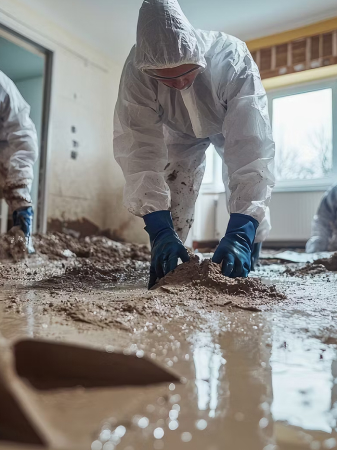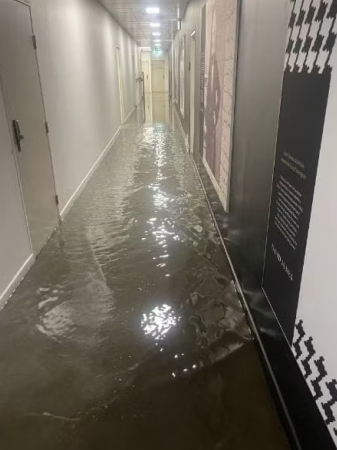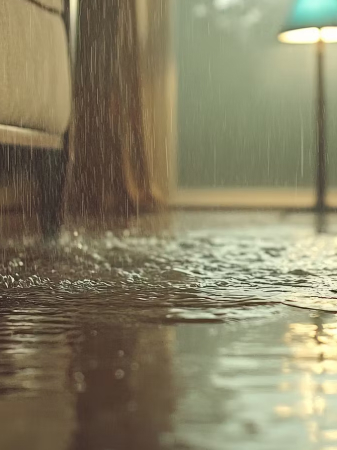Understanding Flood Zones in Melbourne and Victoria: What You Need to Know and How to Prepare
At Capital Facility Services, we’ve seen firsthand the damage that flooding can cause to homes and businesses across Melbourne and greater Victoria. Whether it’s flash flooding in urban streets or river overflow in outer suburbs, floods can hit quickly and hard. That’s why it’s important to understand if you’re in a flood zone in Melbourne or anywhere else across Victoria — and to be prepared.



What Are Flood Zones in Melbourne?
Flood zones in Melbourne are geographical areas in Melbourne that have a higher likelihood to flood due to things like their elevation, proximity to rivers or creeks, or even poor drainage infrastructure. In Melbourne, common flood zones include areas along the Yarra and Maribyrnong Rivers, low-lying suburbs, and some inner-city spots where heavy rainfall overwhelms drainage systems.
If you’re unsure whether your property in Melbourne falls in a flood-prone area, the Victorian Government has some excellent resources, including the Floodplain Management Strategy. You can also check local council websites or VICSES for Local Flood Guides tailored to specific suburbs.
What are Flood Zones in Victoria?
Across the wider state, flood zones in Victoria vary by region — from catchment areas in the north to coastal towns that may be at risk from storm surges or sea-level changes. Rural properties near rivers or creeks are often at risk, and many towns have their own flood history that locals are all too familiar with.
To see if your area is listed in a flood zone in Victoria , VICSES and organisations like the North Central Catchment Management Authority have online maps and reports you can browse.
How to Prepare Before a Flood
If you live in or near a flood zone, the best thing you can do is prepare early. Here’s what we recommend:
- Have an emergency plan: Know how to evacuate, where to go, and how to contact your family.
- Protect your valuables: Elevate electricals and important documents.
- Get sandbags or flood barriers ready if you’re in a high-risk zone.
- Clear your gutters and drains — it’s a small thing, but it can really help with water flow.
- Make sure your insurance covers all types of flooding, just in case.
What to Do During a Flood
If floodwaters are rising:
- Stay updated by tuning into emergency broadcasts or checking online updates from VICSES.
- Avoid driving or walking through floodwaters — it only takes a few inches to sweep you or your vehicle away.
- If told to evacuate, do so early. It’s not worth waiting until it’s too late.
After the Flood: Safety and Clean-Up
This is where things can get overwhelming — and where we at Capital Facility Services can step in to help.
- Take photos of the damage for insurance purposes.
- Be careful around any exposed electrical wiring or wet areas.
- Don’t try to clean up contaminated floodwater alone without appropriate protective gear and take extra care if you have health issues as flood water can pose health risks.
- Call in professionals for structural drying, sanitisation and mould prevention.
We’re specialists in flood and water damage restoration, and we’re ready to help you get your home or business back to normal as quickly as possible. Whether it’s carpet drying, mould treatment, or a full post-flood clean-up, we’ve got the tools, experience, and team to get it done safely and efficiently.
If you’ve unfortunate to live in a flood zone in Victoria, don’t try to deal with it all on your own. Call Capital Facility Services — we’re here 24/7 and ready to assist you with flood damage restoration and recovery. If you are in one of the flood zones in Melbourne and are affected by water damage we will aim to get to your property within the hour, or as soon as it is deemed safe to do so.

